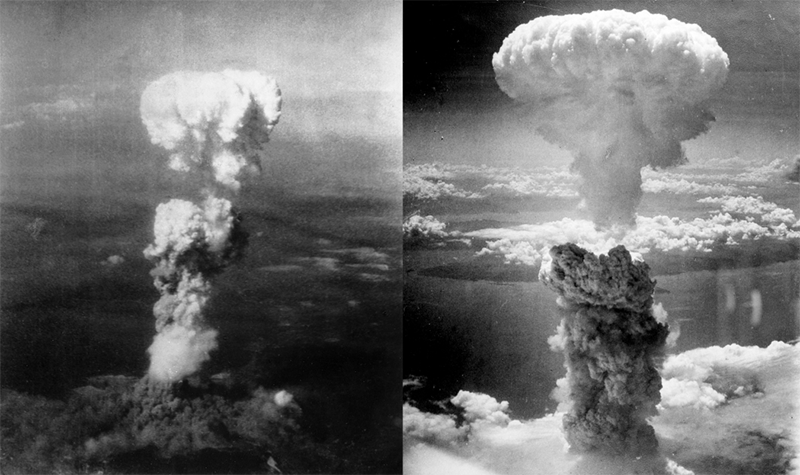Introduction
The atomic bombings of Hiroshima and Nagasaki in August 1945 stand among the most defining and tragic events in modern history. They not only ended World War II but left a profound and lasting impact on Japan’s cultural identity. Eight decades later, the legacy of these bombings continues to influence Japan’s peace activism, artistic expression, political stance, and societal values.
Historical Context
On August 6, 1945, Hiroshima became the first city to experience an atomic bombing, resulting in roughly 140,000 deaths by the end of the year. Three days later, Nagasaki suffered a similar fate. The devastation, human suffering, and long-term effects of radiation exposure remain seared into the collective memory of Japan. The bombings directly led to Japan’s unconditional surrender and inaugurated the nuclear age.
Impact on Survivors and Society
The hibakusha, or survivors of the bombings, form the living core of Japan’s cultural remembrance. Their physical and psychological scars serve as powerful testimonies about the horrors of nuclear warfare. Through their personal narratives, they have influenced public consciousness and bolstered global peace movements advocating nuclear disarmament. Their stories are central to educating future generations about the real consequences of atomic weapons and nurturing a collective commitment never to repeat such devastation.
Peace Movement and Advocacy
Japan’s identity today is deeply intertwined with its role as a leading advocate for peace and nuclear disarmament. The 80th anniversary in 2025 has been marked by various peace initiatives, including international conferences, youth education programs, and official peace declarations. These efforts emphasize the cultural lesson derived from Hiroshima and Nagasaki: that sustainable peace must be built on trust, dialogue, and disarmament rather than nuclear deterrence. Hiroshima’s Peace Memorial Park and the preserved Genbaku Dome symbolize resilience and serve as focal points for annual commemorations and peace pledges.
Cultural Influence
The bombings have left an indelible mark on Japanese art, literature, and public memory. Artistic expressions across multiple media continue to explore themes of loss, survival, and hope. These cultural works preserve the memory of victims and inspire ongoing discourse about war and peace. The phrase “never give up,” championed by many hibakusha, encapsulates Japan’s spirit of resilience and determination.
Contemporary Challenges and Diplomatic Role
While rooted in the past, Japan’s legacy from Hiroshima and Nagasaki informs its present-day geopolitical stance. Despite being a victim of nuclear warfare, Japan exists in a world where nuclear weapons remain a security factor. The country advocates rigorously for nuclear disarmament while navigating the complex realities of national and regional security. Japan leverages its historical experience to bridge memories of human tragedy with modern diplomatic efforts aimed at fostering a safer, nuclear-free world.
Conclusion
Eighty years after the atomic bombings, Japan’s cultural identity remains deeply shaped by these events. The legacy transcends memory—it is a call to peace, a warning of nuclear dangers, and a foundation for continued advocacy. Through the voices of survivors, cultural expression, and global leadership on disarmament, Japan upholds a resilient hope for a future without nuclear warfare and armed conflict, ensuring that the lessons of Hiroshima and Nagasaki endure across generations.

